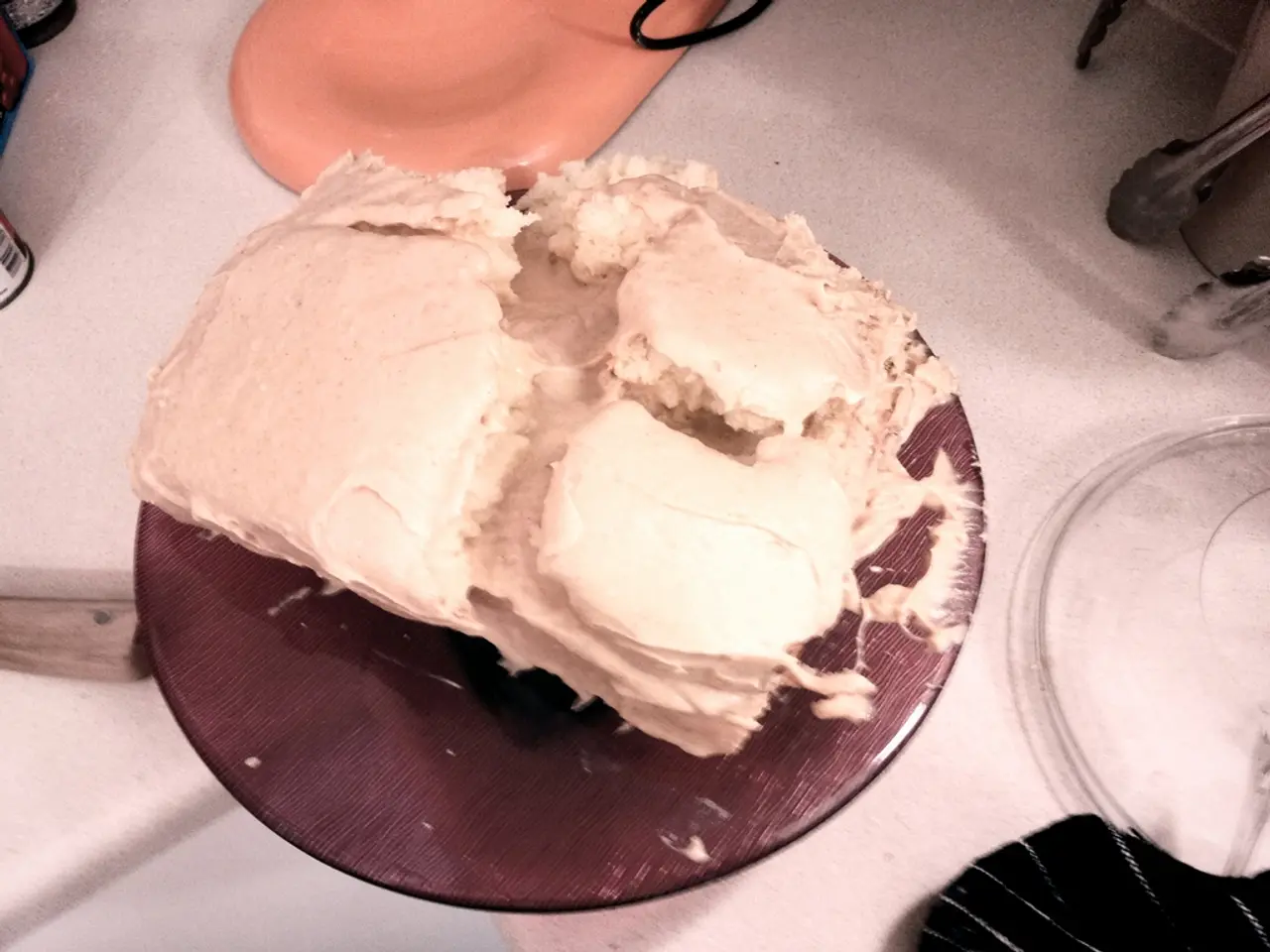Comprehensive guide on gallbladder surgical procedures
Gallbladder removal surgery, or cholecystectomy, is a common and relatively safe procedure used to relieve pain caused by gallstones. This less invasive organ removal is often performed using a less invasive method known as laparoscopic cholecystectomy, during which doctors make precise incisions and insert a tiny video camera and special surgical tools.
The gallbladder, a small, pear-shaped organ located just below the liver on the upper right side of the abdomen, stores and releases bile, a digestive fluid that helps the body digest fats. Common reasons for gallbladder removal surgery include gallstones causing symptoms or complications, severe gallbladder inflammation or infection, the presence of scar tissue or anatomical abnormalities, and other gallbladder conditions.
There are two main surgical methods for gallbladder removal: laparoscopic cholecystectomy and open cholecystectomy. Laparoscopic surgery involves small incisions, the use of a laparoscope with a camera, and recovery within 1 to 2 weeks. On the other hand, open cholecystectomy requires a larger incision, a longer hospital stay, and a recovery period of around 4 to 6 weeks.
After gallbladder removal surgery, patients are advised to follow a specific diet. For laparoscopic surgery, a doctor may recommend a liquid diet or a plain diet for the first day or several days, followed by gradually adding usual foods back into the diet. For open surgery, patients may experience more pain and need to avoid strenuous activities and fatty foods for a longer period.
Post-surgery considerations include mild pain, quick return to activities, and careful wound care. Early mobilization helps reduce complications such as blood clots. If a surgeon cannot remove the stones readily during the surgery, a person may need a procedure called endoscopic retrograde cholangiopancreatography (ERCP) to fix a postoperative bile leak.
In both approaches, surgeons will provide specific instructions about activity level, diet, and wound care to optimize healing. It is essential to follow these instructions and be aware of the symptoms of an infection or other complications. Anyone who notices pain that worsens or does not get better, new abdominal pain, intense nausea or vomiting, an inability to pass gas or have a bowel movement, ongoing diarrhea, yellowing of the skin (jaundice), should visit a doctor.
In summary, gallbladder removal is a common procedure with two main surgical methods: laparoscopic and open cholecystectomy. Laparoscopic surgery is favored for its minimally invasive nature and faster recovery, while open cholecystectomy is reserved for complex cases and involves a longer, more painful recovery phase. Whole grains, nuts, seeds, high fiber cereal, cabbage, broccoli, and cauliflower are good sources of fiber for good digestion after surgery.
- People with bipolar disease may experience complications from gallbladder disease and require careful consideration during gallbladder removal surgery.
- Diabetes, a chronic medical condition, can affect the recovery process after a cholecystectomy, so it's crucial to consult with a doctor about proper planning and care.
- Crohn's, a type of inflammatory bowel disease, might be exacerbated by digestive health issues related to cholecystitis, making it essential to consider the impact of gallbladder removal on overall digestive health.
- For those living with HIV, the predictive risk of complications from gallbladder removal surgery may be higher compared to individuals without the condition.
- Dermatitis, a skin condition, can be affected by obesity, making weight management an integral part of the pre-surgery prep process for those requiring gallbladder removal.
- Atopic individuals, those prone to allergies and asthma, may have unique considerations for anesthesia during gallbladder surgery.
- Science and medical advancements have improved the safety and success of gallbladder removal surgery, offering hope for those suffering from gallbladder-related symptoms.
- Medical-conditions like multiple sclerosis (MS) or ulcerative colitis (UC) may impact the recovery process after a cholecystectomy, necessitating close monitoring and collaboration between the patient's various healthcare providers.
- Post-surgery, it's essential to prioritize health and wellness for a speedy recovery, taking ample rest, staying hydrated, and following the doctor's advice for diet and activity levels.
- Hepatitis patients undergoing gallbladder removal surgery should discuss any potential interactions with their medications with their healthcare providers to minimise risks and ensure proper care.
- The risk of developing postoperative bile leaks can be predicted, and precautions can be taken to address this, such as endoscopic retrograde cholangiopancreatography (ERCP) if needed.
- In the long run, focusing on maintaining a balanced diet, rich in fiber from whole grains, nuts, seeds, and leafy greens, can promote better digestive health after gallbladder removal surgery.




